Stanford Medicine performed first successful human combined heart/lung transplant in the world
On Mar. 9, 1981, cardiothoracic surgeon Dr. Bruce Reitz from Stanford Medicine performed the first successful human combined…
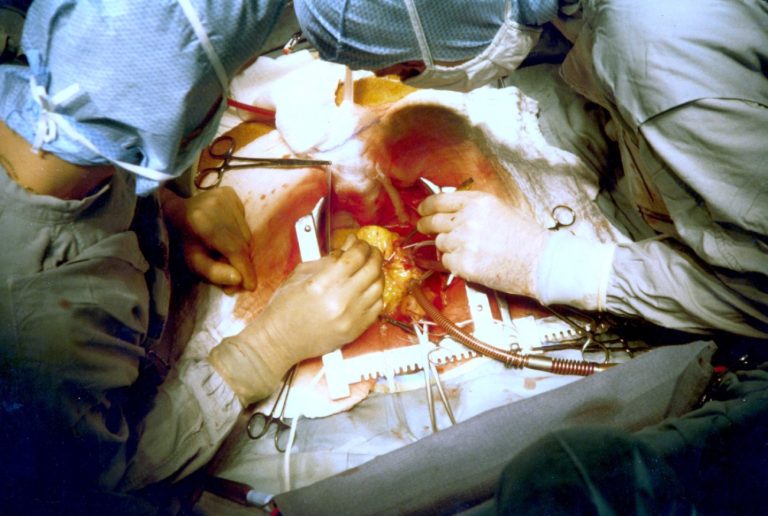
On Mar. 9, 1981, cardiothoracic surgeon Dr. Bruce Reitz from Stanford Medicine performed the first successful human combined…
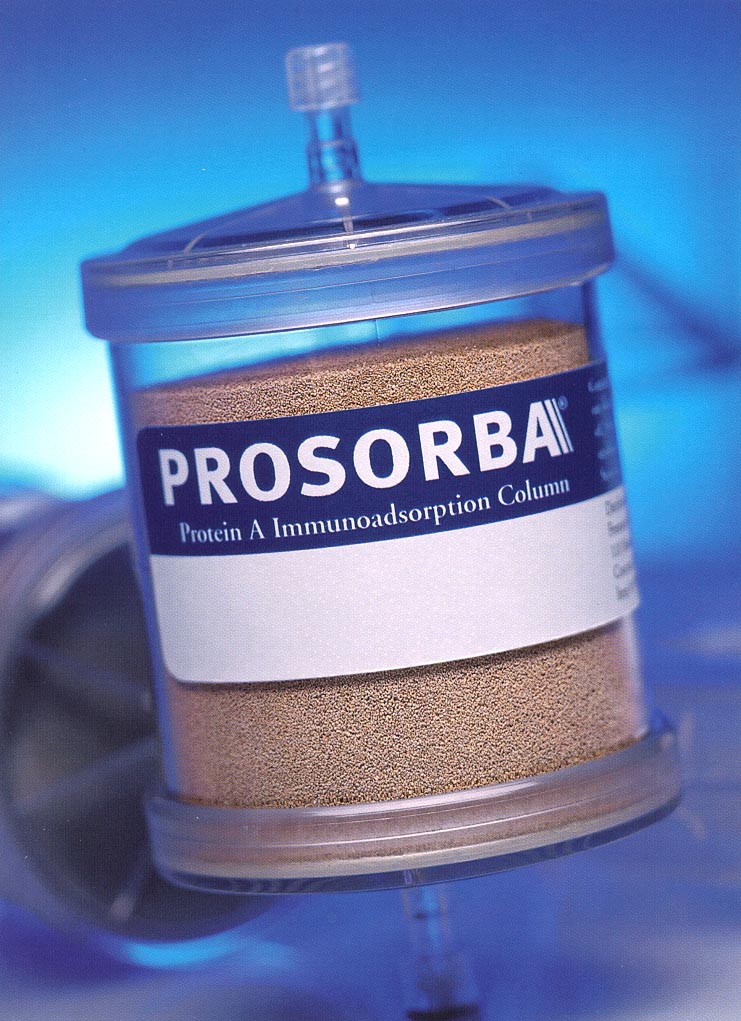
In 1981, Imre Corp. (Immune Response Systems, Inc.) was founded in Seattle. The company developed the Prosorba Column,…
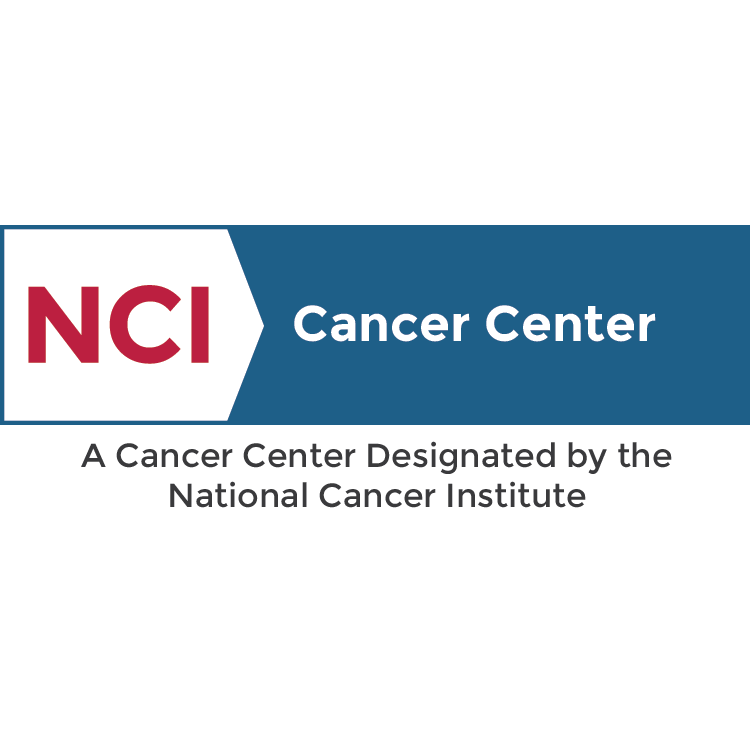
In 1981, the National Cancer Institute (NC) awarded The City of Hope Cancer Center NCI-designation. City of Hope’s…
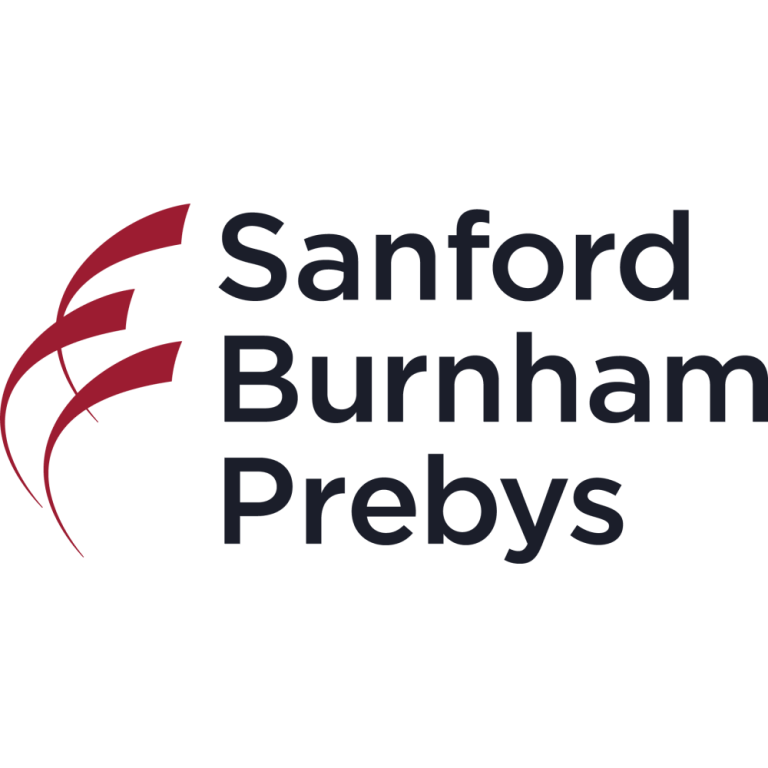
In 1981, the La Jolla Cancer Research Foundation, the Cancer Center received its National Cancer Institute (NCI)-designation. The…
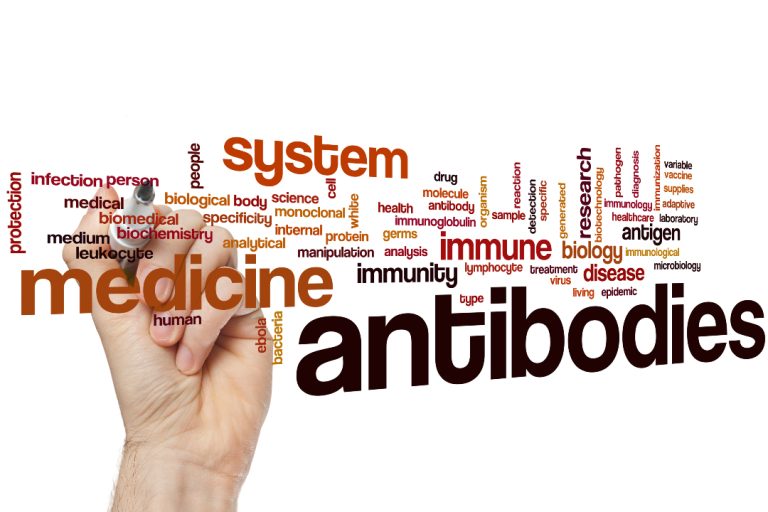
In 1981, Stanford oncologist Ronald Levy reported the first successful use of monoclonal antibodies, which are laboratory-created molecules…

In 1981, Roger W. Sperry of the California Institute of Technology was awarded the Nobel Prize in Physiology…
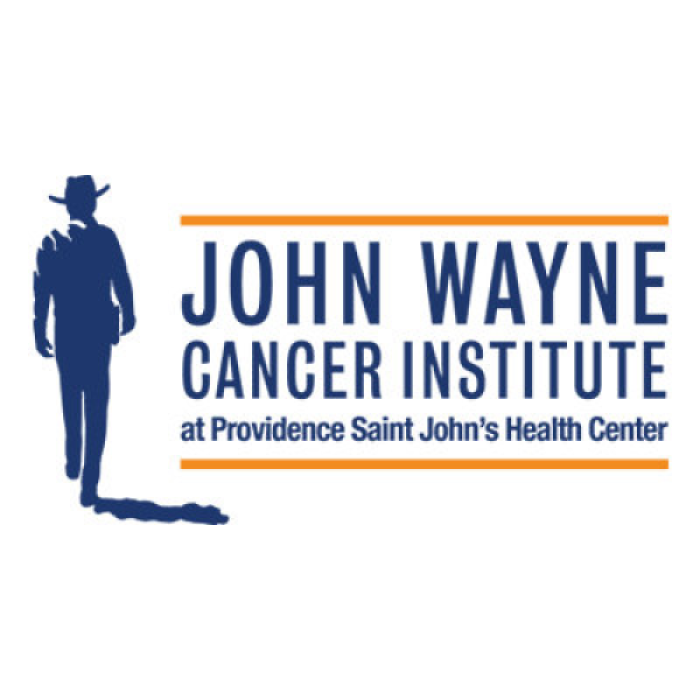
In 1981, John Wayne Cancer Institute (formerly known as the John Wayne Cancer Clinic) was founded to promote…
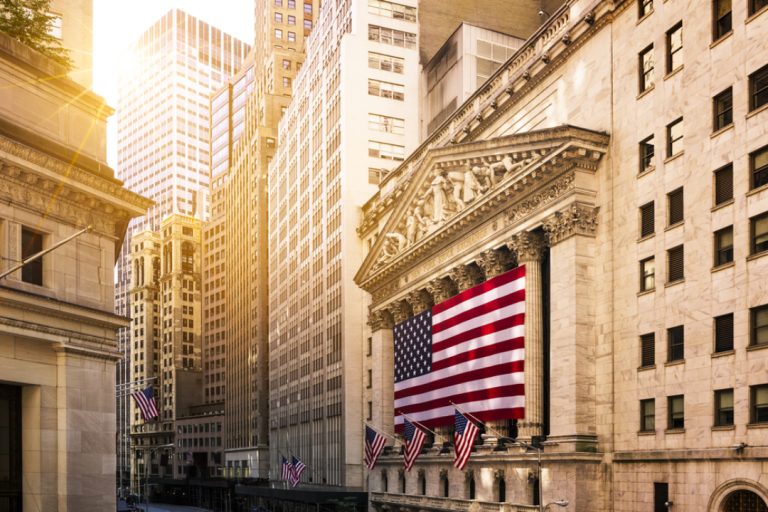
In 1981, Hybritech issued its Initial Public Offering (IPO) and raised $12 million, and $33 million in a…

On Nov. 7, 1980, Stanford University researchers Henry Kaplan and Lennart Olsson announced they had created cells to…
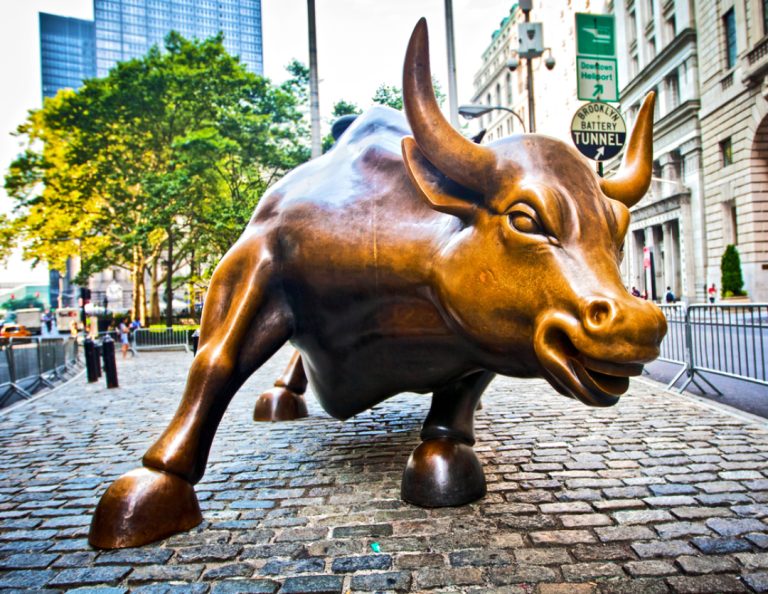
On Oct. 14, 1980, the first biotechnology public offering — Genentech makes history on Wall Street when just…

On Apr. 8, 1980, AMGen (Applied Molecular Genetics) was established in Thousand Oaks, California with George B. Rathmann…
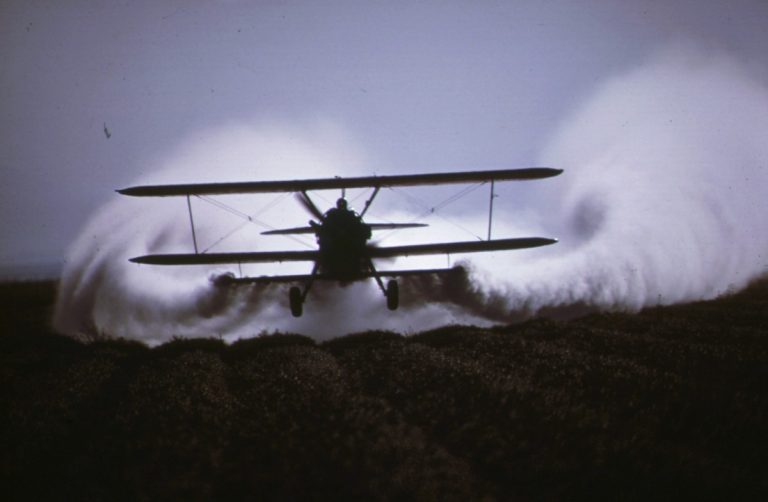
In 1980, faculty members in the Stanford University’s Department of Pharmacology publicly expressed their opposition to the proposed…

In 1979, the American Chemical Society awarded the Priestley Medal to Glenn Seaborg ‘for his numerous contributions to…
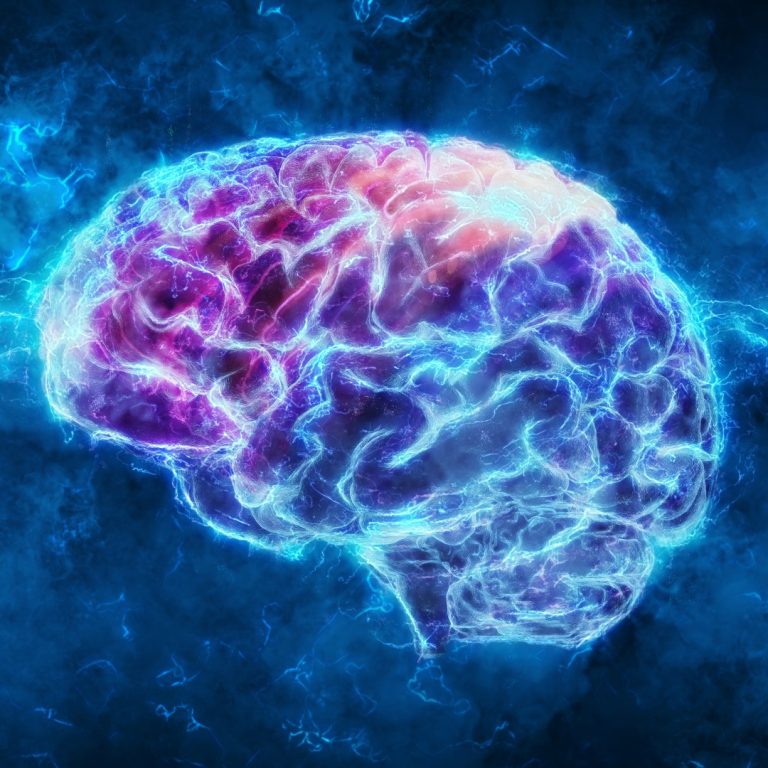
On Dec. 21, 1979, Stanford Medicine pharmacologist Avram Goldstein announced the discovery of dynorphin – a chemical in…
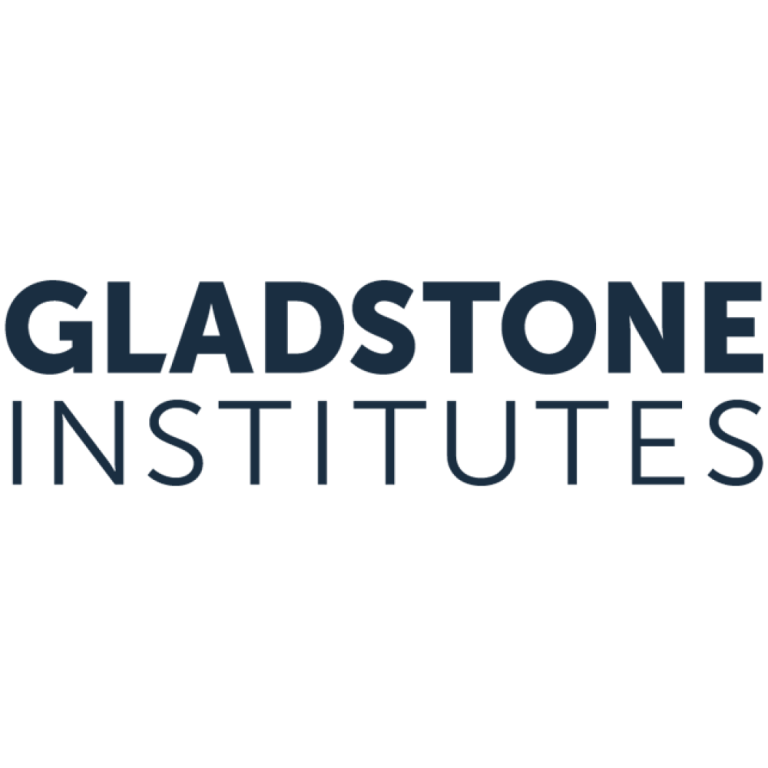
In 1979, the Gladstone Institutes was founded from an endowment from J. David Gladstone, a self-made man who…
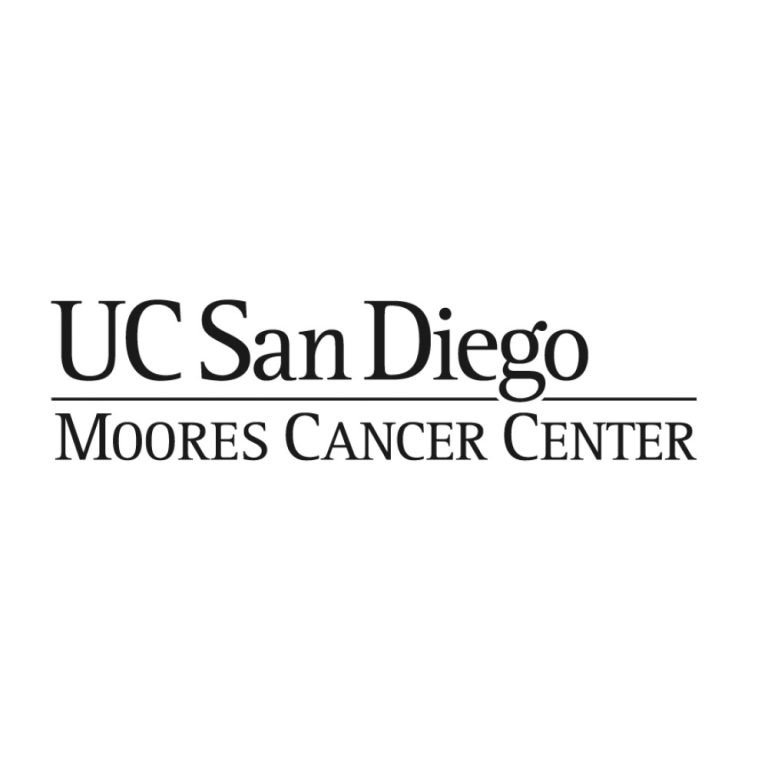
In 1978, the University of California, San Diego Cancer Center was founded as one of just 45 National…
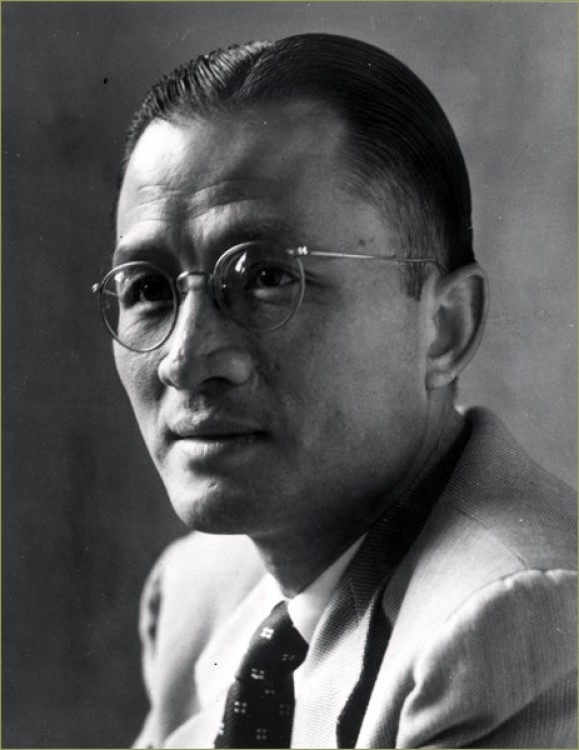
In 1978, University of California, Berkeley (UC-Berkeley) scientist Choh Hao Li discovers Beta-endorphin, a substance produced in the…
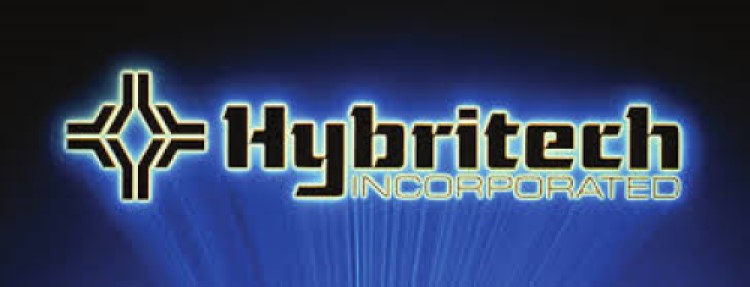
In 1978, Hybritech was founded by cancer researcher Ivor Royston and lab technician Howard Birndorf of the University…

On Apr. 4, 1977, Donald Kennedy, Ph.D., became Commissioner of the U.S. Food and Drug Administration (FDA). Kennedy,…

In 1977, Charles C. Edwards, formerly the nation’s top government health official, was named president and CEO of…

In 1977, Stanford Research Institute changed its name to SRI International. Stanford Research Institute, now known as the…
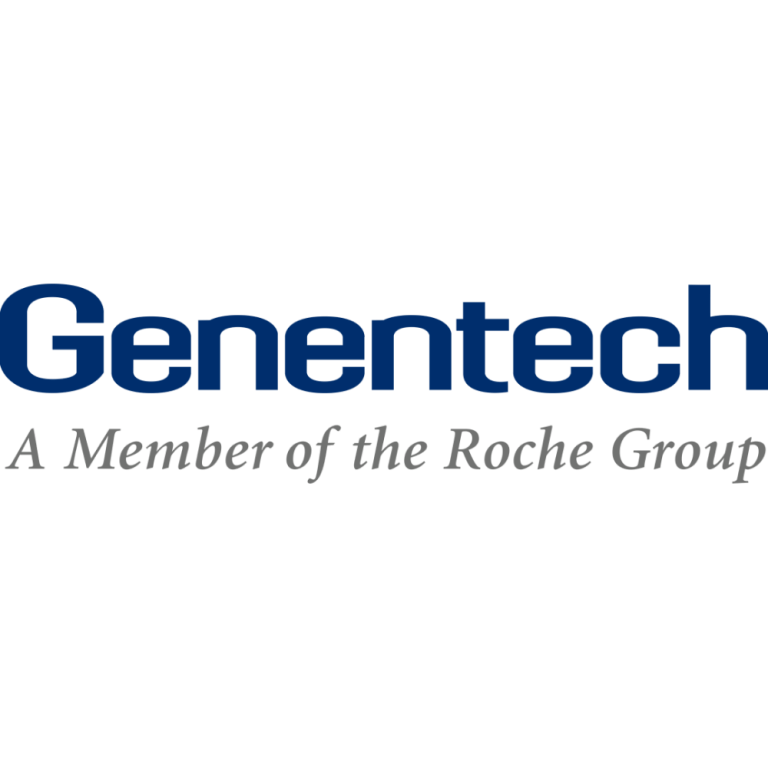
On Apr. 7, 1976, Genentech was founded by venture capitalist Robert Swanson and biochemist Dr. Herbert Boyer. In…
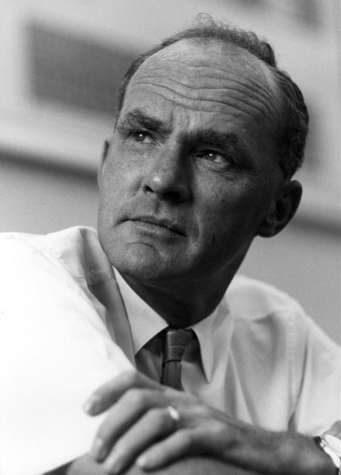
In 1976, the Priestley Medal was awarded to George S. Hammond by the American Chemical Society “to recognize…

In 1976, the University of California, Los Angeles (UCLA) Jonsson Cancer Center received National Cancer Institute (NCI) “comprehensive…
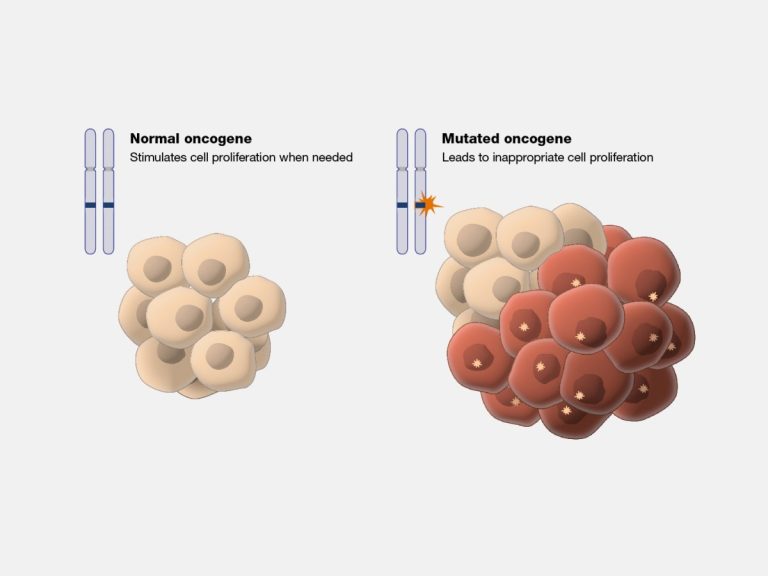
In 1976, Drs. J. Michael Bishop and Harold E. Varmus of the University of California, San Francisco demonstrated…
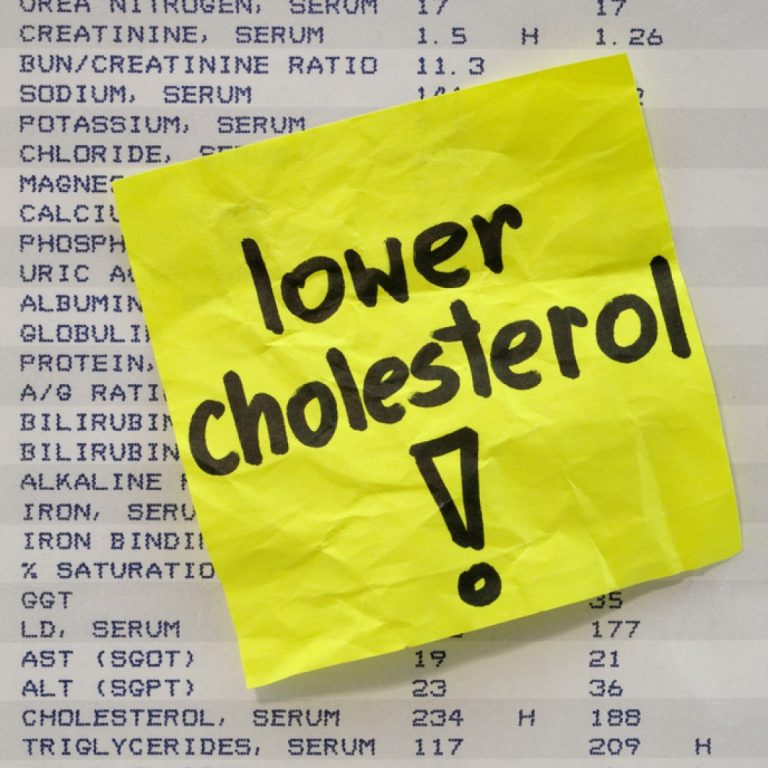
In 1975, Stanford Medicine researchers discovered link between exercise and increased ‘good’ (HDL) cholesterol levels. The Coronary Primary…
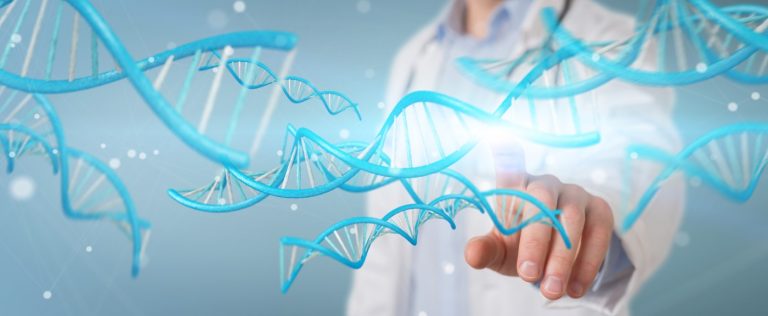
In 1975, Caltech President David Baltimore, former Caltech faculty member and Salk Institute researcher Renato Delbucco, and Caltech…
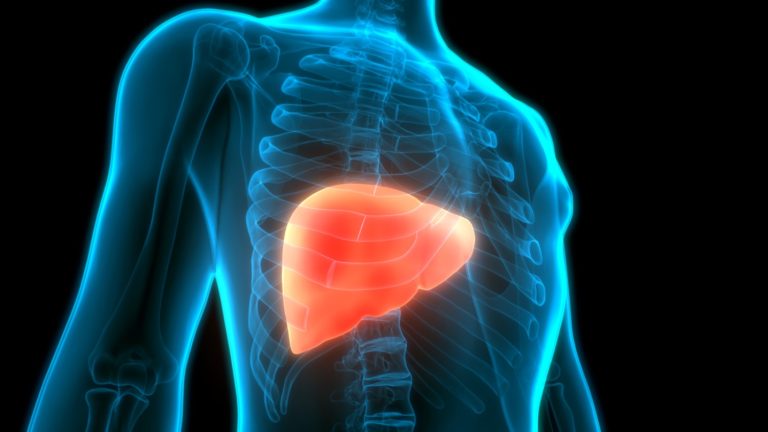
In 1974, Stanford Medicine researcher William S. Robinson successfully isolated the genome of the hepatitis B virus, which is…

In 1974, the University of Southern California established an ophthalmology department. Today, the Keck Department of Ophthalmology is…
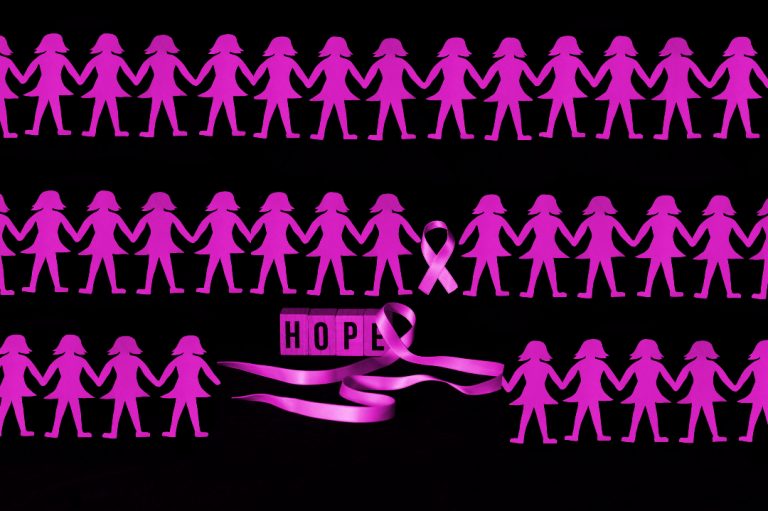
In 1974, the National Cancer Institute (NCI) chose the Pacific Health Research Institute (PHRI) to undertake the ‘Breast…